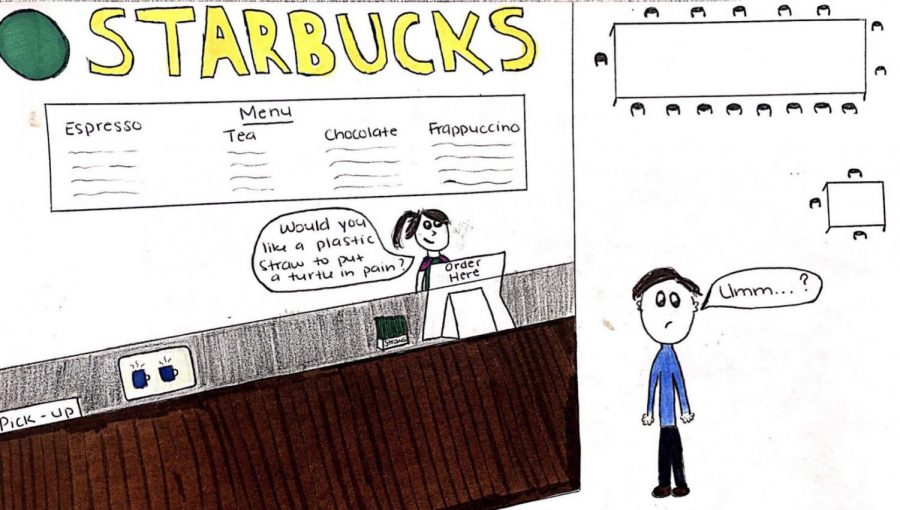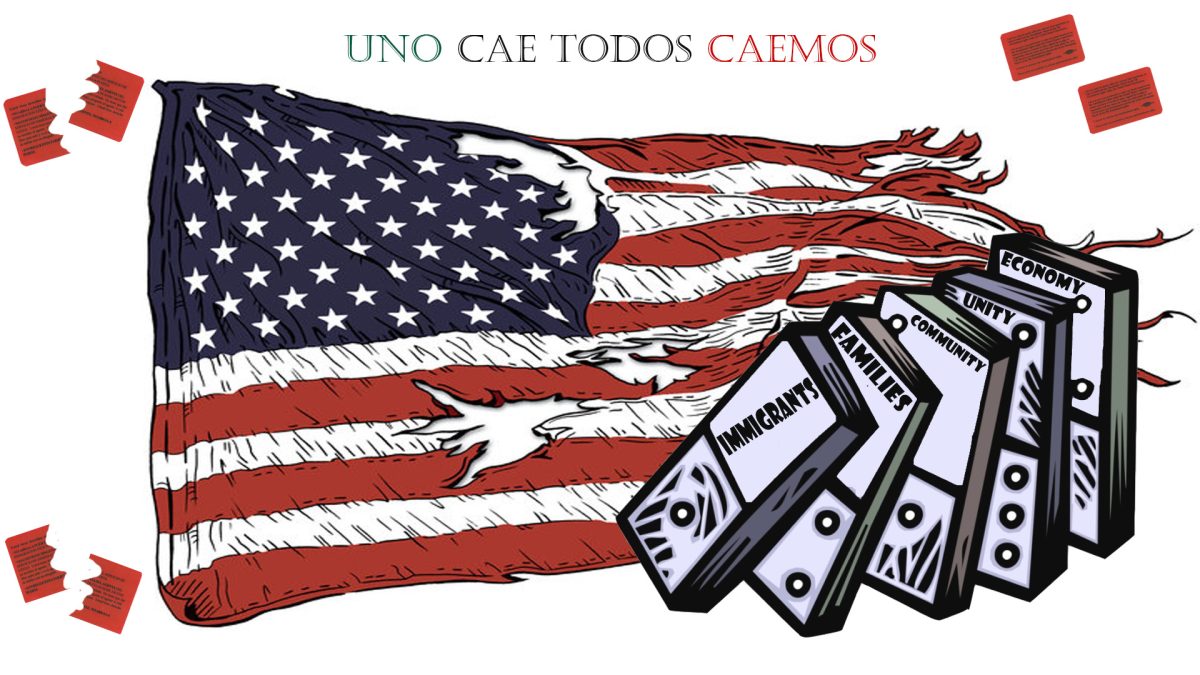Microplastic raising concern for safety of oceans
Plastic straws should be limited in places like Starbucks.
April 25, 2019
Many people go on living their lives and don’t stop to think about the consequences their consumption of single-use plastics create.
It is presumed that every inch of the ocean has been contaminated by microplastics. Microplastics are small pieces of plastic that can be found in any ecosystem in the environment. This does not bode well for the marine life nor those that consume them. When marine animals consume microplastics, they are damaging their bodies in ways unimaginable. The entire food chain turns into a domino effect of the disaster.
According to National Geographic, 114 aquatic species have been found with some form of microplastic contamination. Of those 114 species, half of them are regularly consumed by humans. These microplastics do not simply exit the bodies of those who consume them, they enter the bloodstream. The toxins from these plastics are passed on to those who consume them, that goes for other animals along with humans. Single-use plastics are more convenient for most people but they are destroying the quality of the Earth and the life on it. There is no reason that living creatures should have to suffer, especially not for the carelessness of humans. Even if it is just for the conveniences, the effects of microplastic contamination are irreversible. The lives of humans are also at stake.
I believe that there need to be more strict regulations on the use of disposable plastics. The United Nations Joint Group of Experts on the Scientific Aspects of Marine Pollution estimates that 60-95 percent of marine pollution is plastic. There are very few rules as to what is being used at grocery stores, supermarkets and restaurants. At the grocery store plastic bags are still available for purchase. The law that went into effect on Jan. 1 in California allows restaurants to serve straws as long as the customers ask for them. This only applies to full-service dining establishments according to CNBC News.
There are very many alternatives to single-use plastics and many options for plastic straws. There are reusable stainless steel straws and thick plastic straws that can be reused time and time again. Reusable cups are also widely available for people who don’t mind taking the extra step. Although these things may not always be the most convenient, they will all help to slowly improve the quality of our aquatic species, and along with that comes our food.







